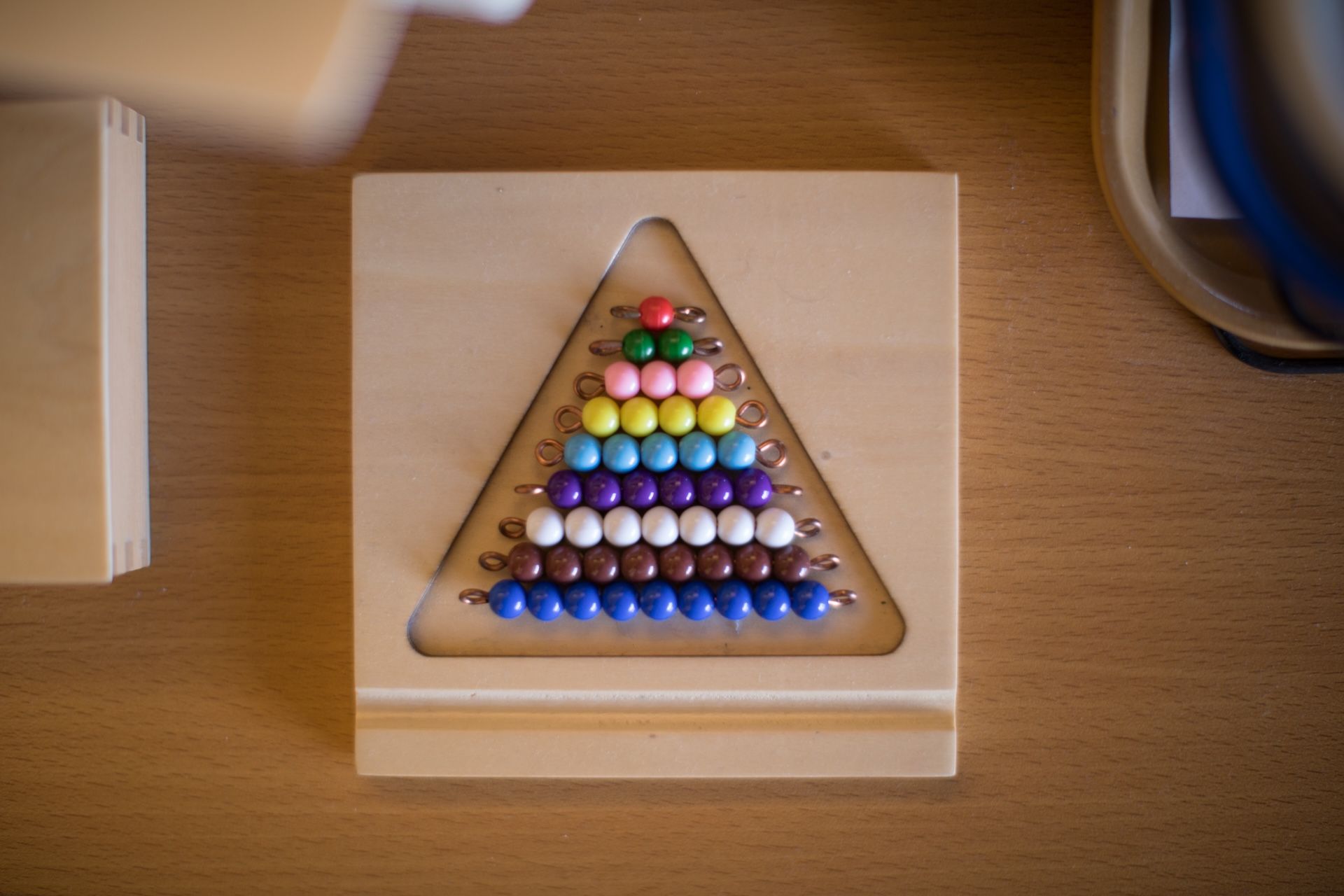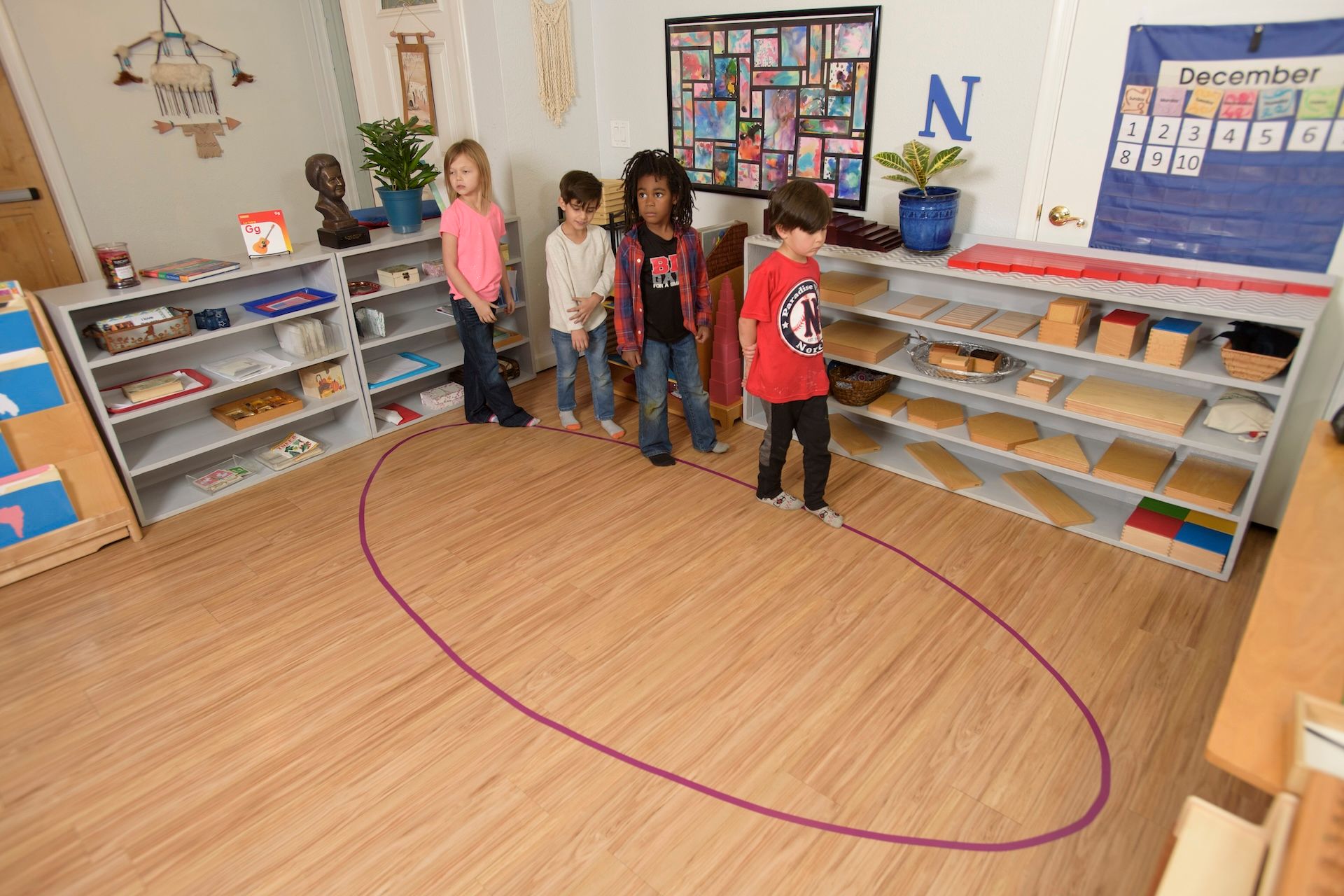Children notice everything. Because of their absorbent young minds , they’ll sponge up anything you put in front of them, which can be impressive (“Wow, she remembered that long word!”) and awkward (“How did you learn that word?). An enormous part of early education, from crawling to figuring out favorite foods to knowing who to trust, is receiving information and trying to fit it into their growing world, but children are so much more than passive observers.

From their absolute youngest, children absorb information and start to organize it in their brains based on how important or powerful it seems to be. Their powers of observation aren’t limited to one sense or another, and they don’t shut off at the end of a scheduled day. They don’t watch with just their eyes but with their hands, their mouths, and their whole bodies. They want to engage with their environment, to improve their understanding and to feel a sense of confidence in the world around them.
Sensory education is designed to do exactly that. Montessori schools take advantage of a time when children are learning through their environment and provide activities to stimulate problem-solving, understanding, and auto-education. Traditional Montessori sensorial activities require the child to discern differences in one or more dimensions using different senses—sight, sound, touch, smell, and taste. There are essentially two main goals for any sensory activity—to teach the child the difference between dimensions and to foster a sense of accomplishment and success which encourages continued learning.
Although assembling objects correctly or sorting cylinders by sound is the key educational component, it isn’t the most important part to the Montessori instructor. The objective of any of these lessons is that the student understands their mistakes and figures out how to correct them on their own. They create concrete and obvious problems that the student actually wants to solve. They are driven to succeed from the inside, so the students try, fail, try again, fail again, and so on until the day when they get everything exactly right. The success that beams across their faces in that moment of triumph is indescribable.
Watching Montessori students calmly try these activities independently seems amazing to some parents—but in this school, all the children will ultimately approach their education with the same curious serenity and complex problem-solving methods. Sensorial activities also frequently incorporate fine motor skills and impart the same grace and steadiness to each movement, whether arranging tall cylinders or tracing geometric shapes. All these elements build confidence as well as comprehension and keep children excited about learning as they grow.
The post Observing, Considering, & Critical Thinking: Basics of Sensory Education appeared first on Pebblecreek Montessori.
Hours
MONDAY - FRIDAY
HALF DAY: 8:30a – 12 noon
ACADEMIC DAY: 8:30a – 3:30p
EARLY CARE: 7:00a – 8:30a
AFTER CARE: 3:30p – 6:00p
OFFICE: 8:00a - 4:00p
Programs
Connect
Pebblecreek Montessori




